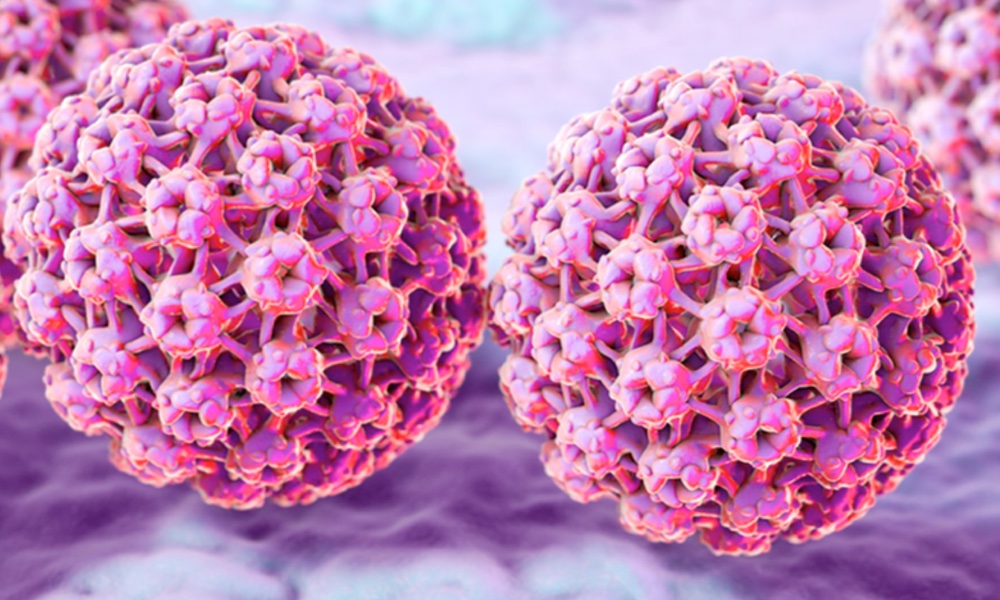HPV, the human papillomavirus, is the most common sexually transmitted disease in the U.S. It has been linked with several types of cancers in both males and females. These include cervical cancer in females and oropharyngeal, penile and anorectal cancers in males. A vast majority of cervical cancer cases in the U.S. can be linked to just four strains of HPV, although many other strains exist.
Vaccination programs that began over a decade ago are now demonstrating their effectiveness through the huge reduction in HPV transmission. Between the years of 2015 and 2018, researchers at the Centers for Disease Control and Prevention observed an 85 percent decrease in HPV infection by those four main types of the virus among young females.
Among vaccinated females, the number was as high as 90 percent reduced transmission rates, while unvaccinated females experienced a still significant reduction of 74 percent less transmission. Researchers attribute the decrease in transmission among unvaccinated individuals to herd immunity which has developed as a result of the successful vaccination campaign.Parents and caregivers may balk at the idea of vaccinating their 11- or 12-year-old child against a sexually transmitted infection, but this schedule offers the best protection.
The current vaccination campaign for HPV in the U.S. began in 2006 for females and 2011 for males. The CDC researchers note that for the HPV vaccine to be most effective, it is important for individuals to receive it before becoming sexually active, and before any potential exposure to the virus. Parents and caregivers may balk at the idea of vaccinating their 11- or 12-year-old child against a sexually transmitted infection, but researchers emphasize that this schedule offers the best protection.
Other countries, notably Australia, have undertaken similar if not more aggressive vaccination campaigns to reduce the incidence of HPV. Australia’s vaccination campaign is predicted to virtually eliminate cervical cancer in that country. Some chafe at the idea of a country mandating vaccines, however there is a robust history of mandatory vaccination throughout the history of vaccines themselves that have helped eliminate diseases like polio and smallpox, which once presented a huge public health burden.A vast majority of cervical cancer cases in the U.S. can be linked to four strains of HPV.
For parents and guardians, it is important to talk to your children about the benefits of HPV vaccination and safer sex, including condom use. These conversations are best started early and touched on often, well before young people engage in sexual activity. By giving young people all the tools they need to lead healthy sexual lives, it is possible to not only reduce transmission of STIs like HPV in the U.S., but to empower young people to be good stewards of their own health and wellbeing.





